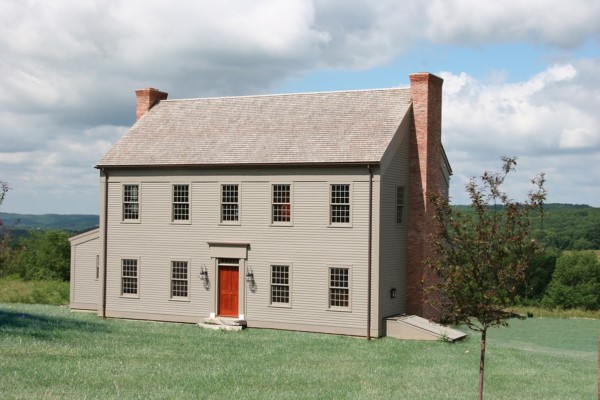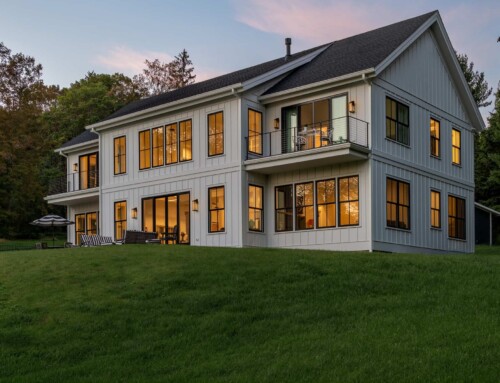Whether you are designing an iphone or a country home, keeping it simple is harder than it looks. Instead of relying on flash and dash, a simple design relies on substance, proportion, and details. Most people cannot tell exactly what is wrong with a home when the proportions are off, but they know a beautiful home when they see it and good proportions are always the key.
In the eighteenth century, nails and bricks, as well as most other elements of a new home were made by hand and therefore became precious. Only the most experienced craftspeople were allowed to use those valuable resources. Mass produced building materials were scarce or non-existent and early American homes were therefore simple by design and necessity.
The wonderful old homes we love, are still around today because the details were well thought out and the materials were simple and of the highest quality. Today it requires restraint and discipline to design a simple, elegant home. Driving by most new homes, it seems that the designers have changed the old adage from ‘Less is More’ to ‘More is More’ and have thrown everything at the houses that will stick.
Simple designs if done correctly can be timeless. The study of proportions is critical to the success of a design and does not lend itself to formulas and templates. The proportions of each element must work individually and together as a group. On a façade, windows, doors and architectural details must relate to each other and to the whole. Although symmetry can be beautiful, it is not required as long as there is balance. Since a home can be around for hundreds of years, I think it is important to take the time to get the details and proportions right.









